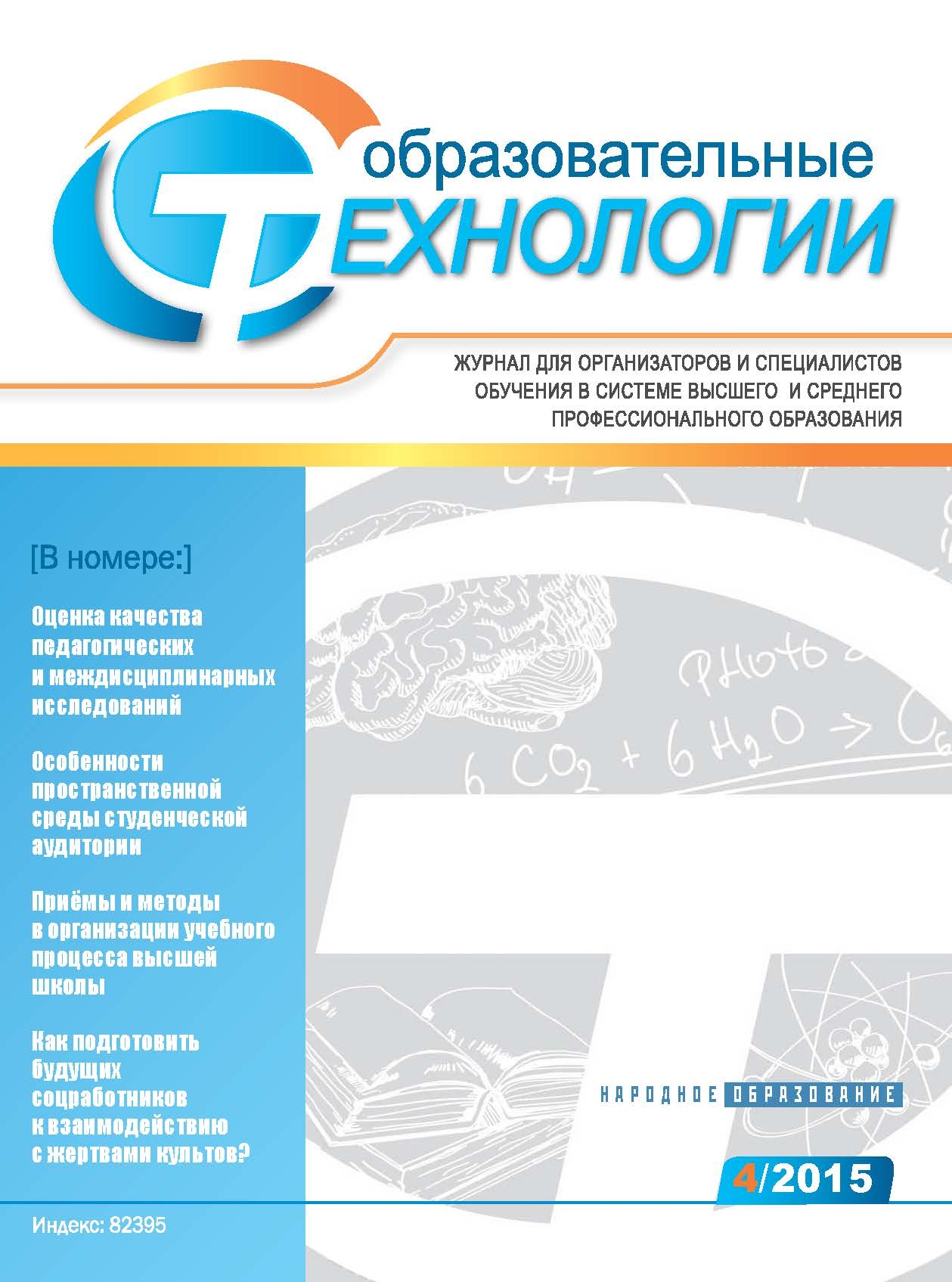On July 23rd, 1969, Geoffrey Crowther addressed the inaugural meeting of the Open University, a British institution that had just been created to provide an alternative to traditional higher education. Courses would be conducted by mail and live radio. The basic mission, Crowther declared, was a simple one: to be open to people from all walks of life. “The first, and most urgent task before us is to cater for the many thousands of people, fully capable of a higher education, who, for one reason or another, do not get it, or do not get as much of it as they can turn to advantage, or as they discover, sometimes too late, that they need,” he told his audience. “Men and women drop out through failures in the system,” he continued, “through disadvantages of their environment, through mistakes of their own judgment, through sheer bad luck. These are our primary material.” He then invoked the message emblazoned on the Statue of Liberty: Open University wanted the tired, the poor, the huddled masses. To them, most of all, it opened its doors. The mission Crowther described is the same one that has driven the proliferation of massive open online courses, or MOOCs, during the past few years. (Open University has often served as a sort of inspirational model for such ventures, which Nathan Heller wrote about last year in the magazine.) The premise of the MOOC movement is as commendable as it is democratic: quality education should not be a luxury good. MOOCs are flexible and they can be free; if people want an education, MOOCs can give it to them.
Read more...







